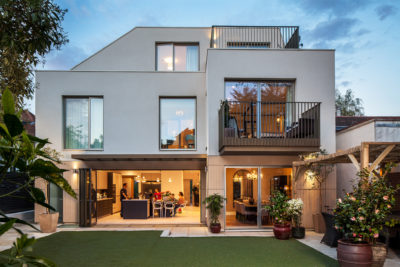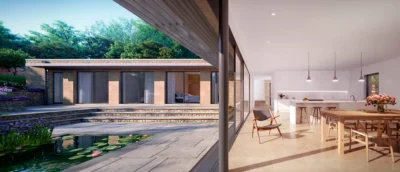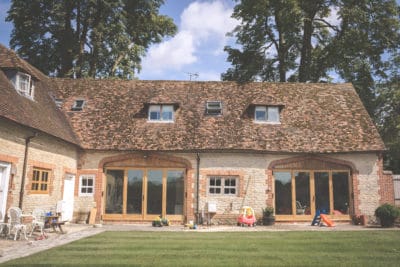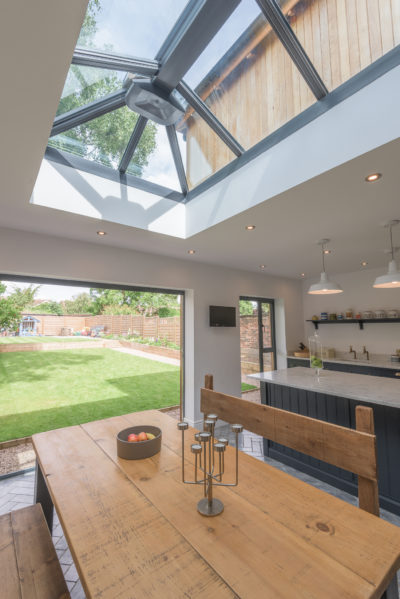10 Top Tips for Home Design
With so much to think about when designing a new home, it’s no surprise self builders can get overwhelmed. It’s easy to overlook key elements that could make a significant impact on the finished property. Below I highlight 10 things to remember when designing your home.
1. Budget beyond the construction work
Your design will be dictated considerably by your finances. While most people realise that they need to factor in the cost of the building work, it’s easy to forget about the other aspects that need to be accounted for on top of this.
Quite a lot of money has to be spent on things that seem minor on their own, but collectively can tot up to thousands of pounds.
Don’t forget to budget for:
- landscaping
- finance and insurance costs
- professional and local authority fees
- site surveys
- access from the highway
- service connections
The price of some elements can be fairly accurately predicted – such as planning fees and sewer connection charges – others have to be estimated.
Learn more: What can you Build for your Budget?
You’ll also need a contingency on top.
2. Reduce noise
Soundscape is often overlooked in house plans. Unwanted noise is a common problem, not least because of all the gadgets we now have for our entertainment.
It’s important for the fabric of your home to be robust, well-sealed and as solid as possible.
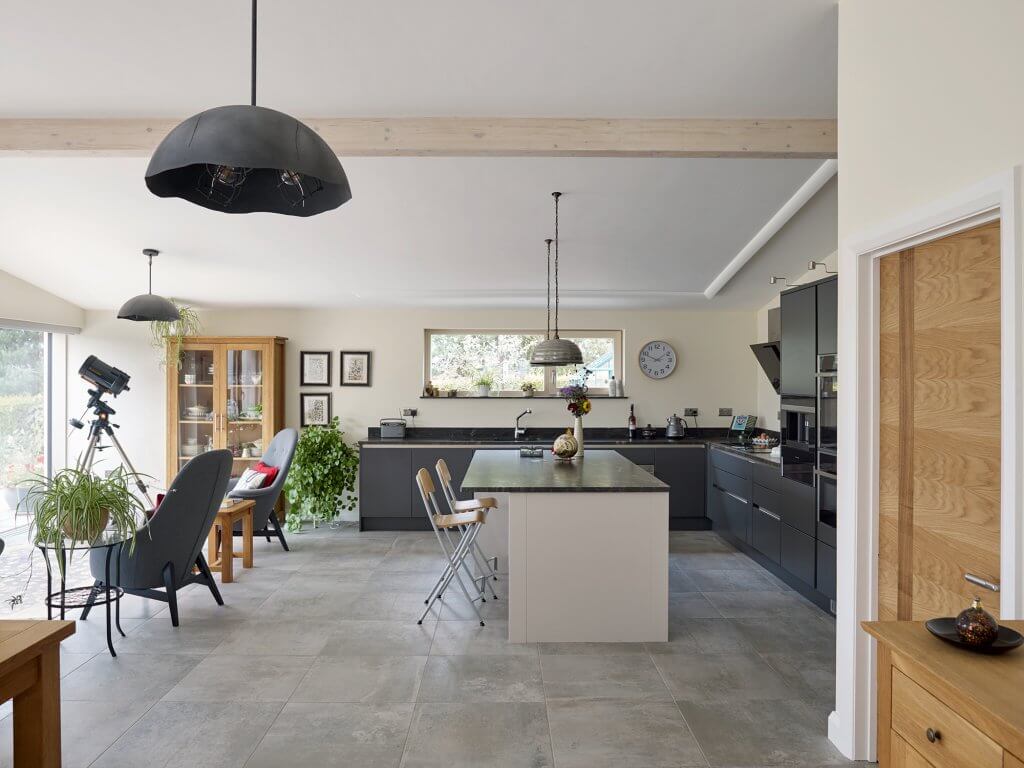
Don’t forget to design a snug or separe living room when opting for open-plan layouts [Image: Alistair Nicholls]
Sound travels more easily to rooms below, which means a second floor or attic space is not always a good place for the loudest family members.
With open-plan living becoming commonplace, don’t forget to factor in a snug or living room isolated from the main areas of activity. This will provide an oasis of calm for quieter activities such as reading or homework.
Explore the house plans: Paul & Belinda Wilson designed a lounge separate from the kitchen-dining-living room
3. Storage solutions
A major gripe from owners of new homes is often the lack of storage space. In the early stages of a design it’s easy to underestimate how many possessions you own or are going to acquire in the future.
This is one reason why most garages are rarely filled with cars. Instead you are likely to find bikes, gym equipment, unwanted Christmas presents and other debris.
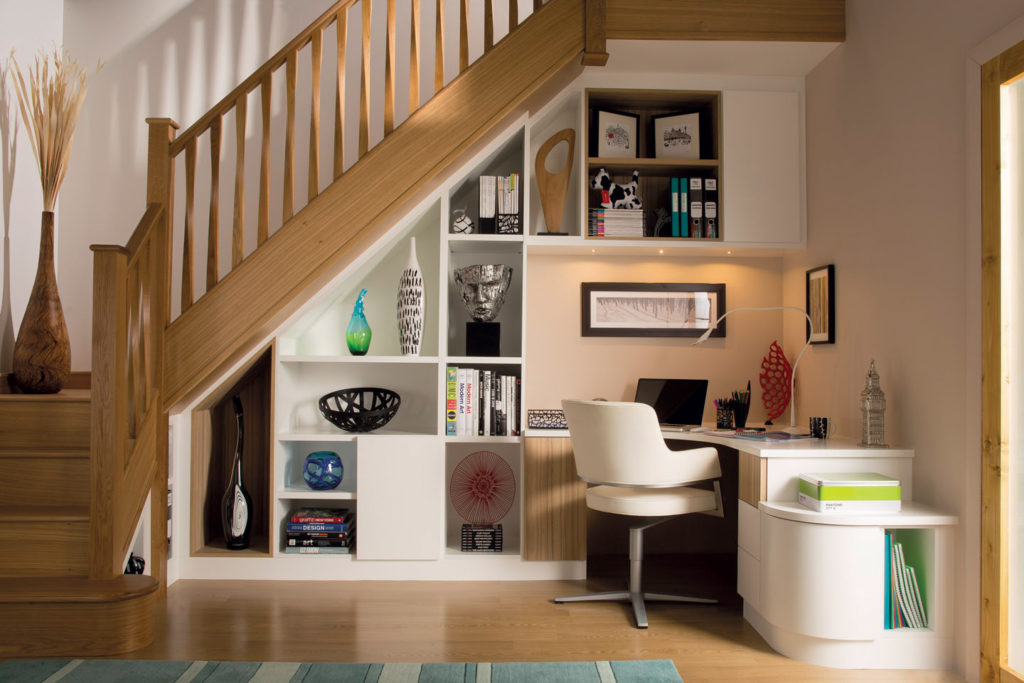
This nifty home office built under the stairs was designed by Neville Johnson
Lots of storage space can be incorporated at little extra cost or loss of floor area, but you’ll need to plan this at the beginning of the design process.
Built-in storage can extend the full height of rooms and also work to become a design feature, making it more efficient than free-standing chests of drawers and wardrobes.
Read more: Storage Design Ideas for your Home Interior
Another thing to consider is a pantry, for separate kitchen storage – sturdy shelves allow easy access to kitchenware and produce that might otherwise be awkwardly crammed into standard cupboards.
4. Home maintenance
Sooner or later every element of the construction of a house will need maintenance. Predicting your home’s upkeep should influence how materials and fittings are integrated into the design.
Roof tiles and bricks will last for many decades without attention, but other materials require work more frequently. For instance, plastic fascias and barge boards are popular, but have to be redecorated regularly atop a tall ladder.
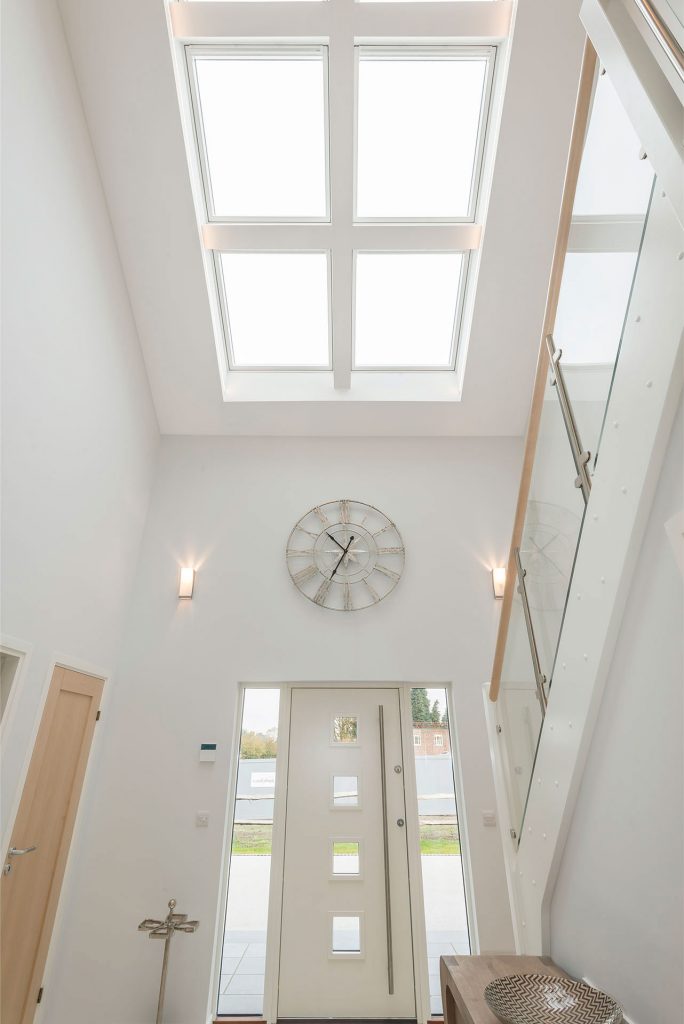
This home designed by Scandia-Hus features self cleaning glazing
An open roof over a stairwell with skylights and a centrepiece chandelier looks dramatic; however, it also presents a challenge for whoever has to change the light bulbs or clean the glass.
Self-cleaning glazing and cables that allow the light fitting to be hooked across to the landing will solve these problems but redecoration may require scaffolding and is therefore a specialist job.
Unblocking gutters is another difficult chore, especially for high level valleys between pitched roofs. A lot of effort can be spared by putting roof windows in the attic, which will allow you to reach out safely with a rake.
5. Future proofing the home
If you’re planning to live in your self build home for decades to come, the layout needs to have built-in flexibility so it can evolve with you and your family.
Plan for increases in the size of your family, whether that’s more children, young adults boomeranging back home after college or older relatives moving in.
Consider getting planning approval for an extension to be constructed at a later date; you could put in foundations and capped-off drainage connections ready to be used.
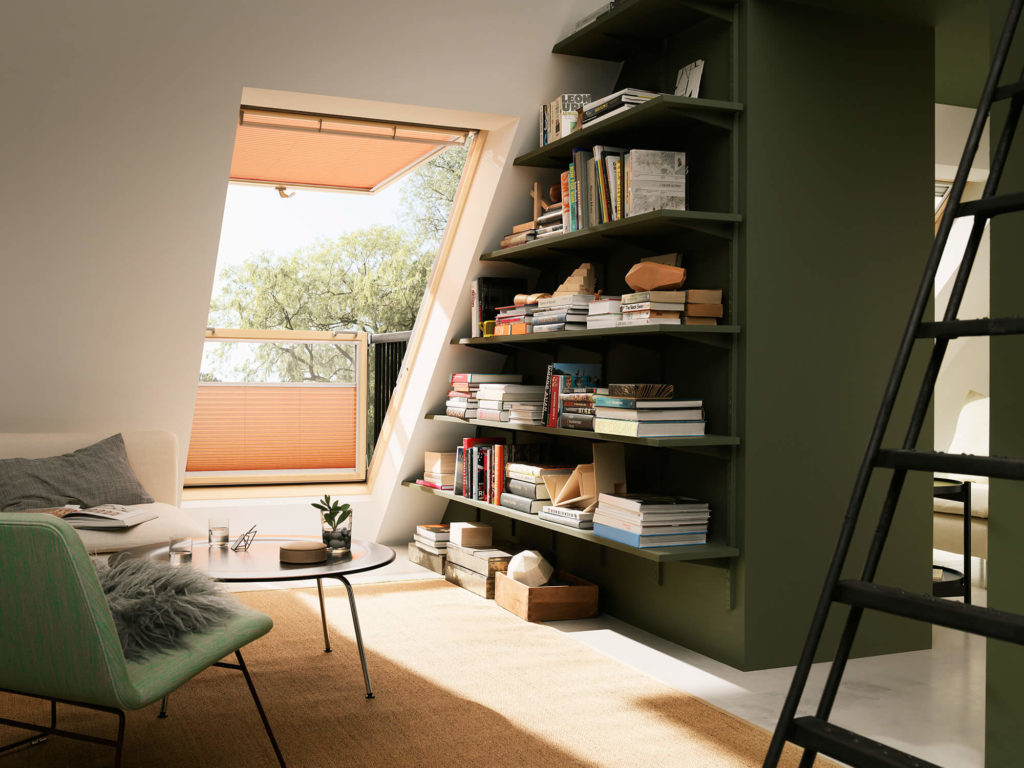
Plan for future loft conversions [Image: Velux]
It might be a good idea to future-proof in case family members and friends become infirm or disabled. Discrete features can make a big difference, such as keeping doors wider than standard and allowing space for a wheelchair to manoeuvre in a downstairs bathroom. You could even factor in space for a lift to be added at a later date.
6. The finish might not be perfect
Many self builders have a natural desire for their house to be as perfect as possible. However, individual people have different interpretations of what a high quality finish means, which can be a problem if what the client is really after is a pristine result.
Using natural materials with simple finishes can add interesting features to a building, particularly timber left unpainted on the outside or oiled with a clear finish on the inside. But if you put two pieces of the same wood from the same batch next to each other they don’t usually look identical and will weather differently, too.
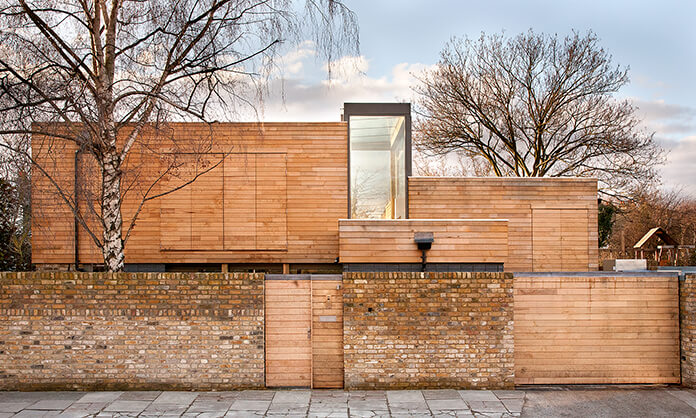 Timber cladding will not weather evenly, some consider this to be added charm [Image: Vastern Timber] |
It’s also worth remembering that architect sketches and illustrations may not communicate the final effect of this divergence.
I once had a client who was ready to send back a whole batch of oak skirting because each section had a slightly different shade and grain pattern from the next, rather than the uniform colour he was expecting. He wanted a transparent finish and had forgotten that nature is inherently irregular. It can be easy to lose perspective.
7. Windows and heat transfer
Having plenty of natural illumination pour inside through large expanses of glazing is a pleasant feature, hence the popularity of bifolds, sliding doors and double-height windows – plus these units can create an attractive modern aesthetic.
A glazing unit’s effect on thermal comfort depends on its orientation in relation to the sun; when this is badly positioned then a room can become unpleasantly hot, so be careful with the design.
The easiest way to avoid this problem is to work out how the sun passes over the plot and arrange the glazing in a way that will help to reduce solar gain when it’s not wanted.
If sizeable windows have to face towards the south (where the sun’s warmth is strongest), there are elements that can be built in to reduce the effects of heat gain.
Incorporate large overhangs overhead, for instance, or brise soleils, which are horizontal screens with slats angled to let some daylight through as well as providing shade.
8. Artificial lighting
Once nighttime has fallen, there are all sorts of possibilities to shape and change the character of your home with carefully considered lights. Plus, a single space may need to be put to many different uses, each enhanced by changing the artificial illumination.
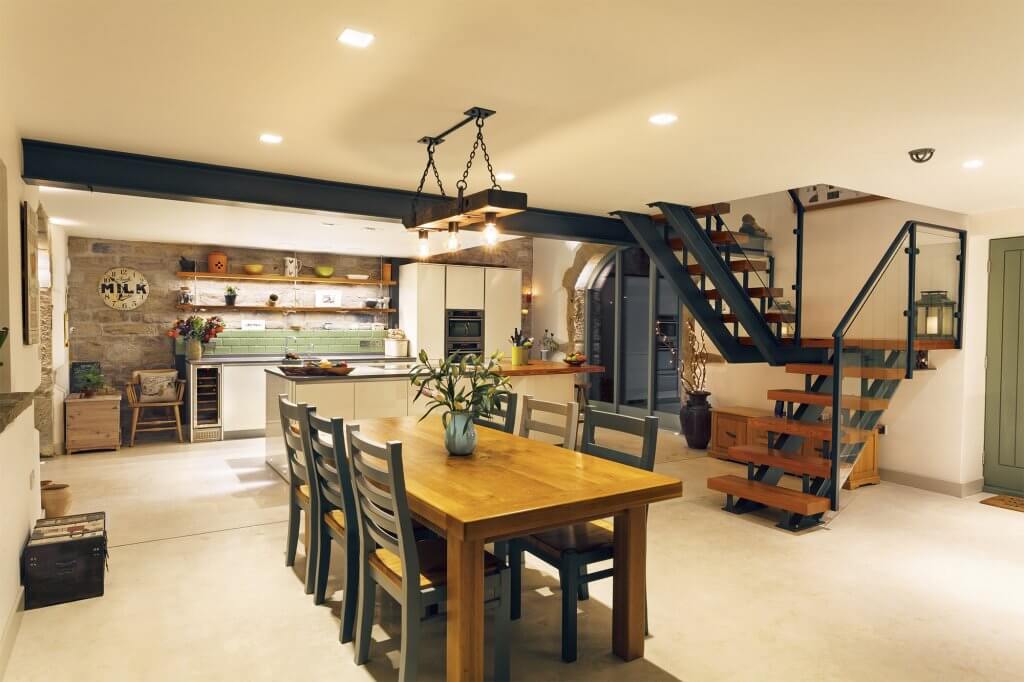
This open-plan kitchen-dining area features a lighting scheme by Brilliant Lighting
A good example is a kitchen-dining-living room because it’s often the hub of the home. It will be used for grabbing breakfast in the morning, for cooking and chatting with friends during the day and later on as a space for homework, a shared family meal or time in front of the television.
There should be different ways of lighting the space to suit each of these activities. When building from scratch, it’s very easy to hide cables in the walls and fit programmable lighting controls if planned in advance.
9. Plan furniture arrangement
It’s rare for house plans to show any more than blank rectangles indicating the location, shape and size of rooms. Sometimes the house contents are only considered once the property is actually built.
More helpful designers will include standard furniture symbols on their drawings, but these are really only diagrammatic and bear little relation to what you own or are looking to buy.
The risk of your furniture not fitting in with the design of the rooms is quite high unless you’ve considered this from the start, especially if you want large open-plan spaces.
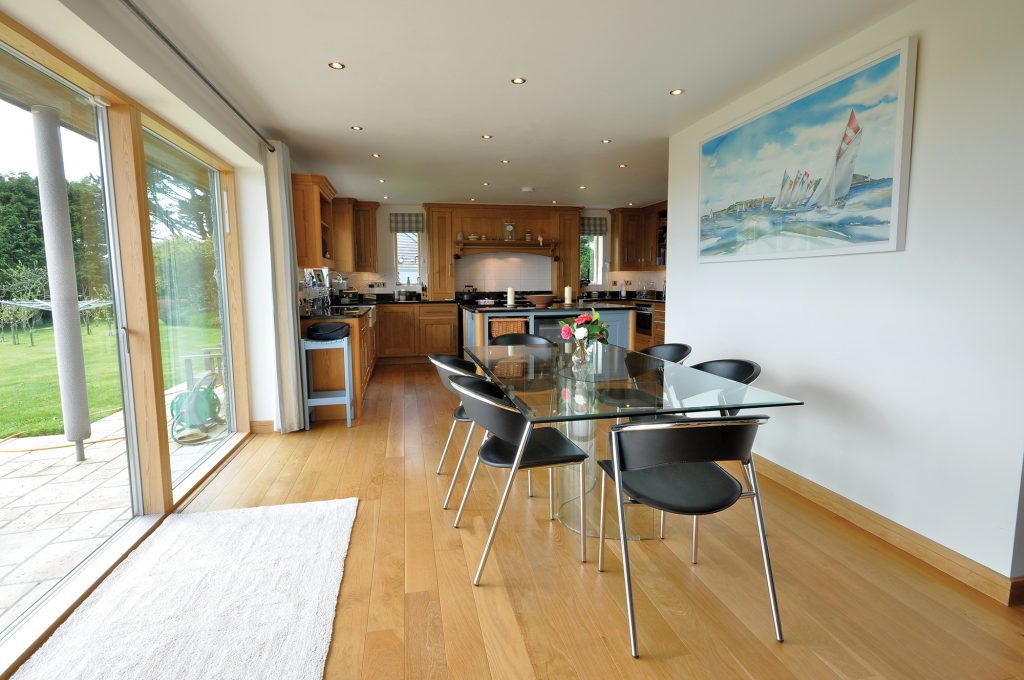
Factor in your furniture when designing new spaces
Lots of self builders want to keep family heirlooms, such as a dining table or chest of drawers, which must be accommodated. If furniture is an unusual shape or size it can have a major effect on the arrangement of other items and the proportions of the room.
Unlike modern furniture, which is designed to be disassembled to get through a standard door opening or up a cramped staircase, period pieces may prove difficult to move around the house.
10. Homes get messy
The well-known architect of a much-admired house recently admitted that his own property had never properly been lived in. He used the home to promote his practice and felt it would have been spoiled if his family lived there.
What this tells us is that it’s important to remember that the process of living involves mess and clutter, even for the most streamlined of personalities.
We need to recognise that the unnaturally tidy homes seen in magazines and on architectural websites are misleading. A well-designed building should be strong enough to shine through the stresses, strains and abuse that happen when it’s being enjoyed as a home.
Top image: Magnet’s Newbury Midnight design features clean edges and minimalist appeal. The dark colour looks striking here paired alongside the duck egg cabinets
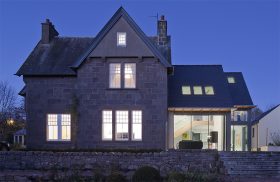
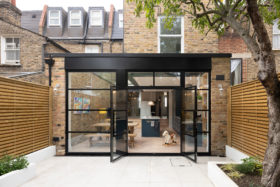


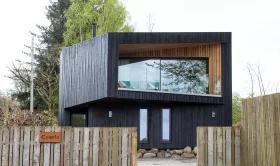
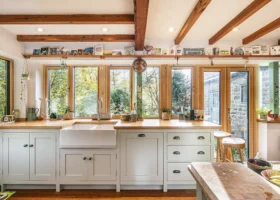



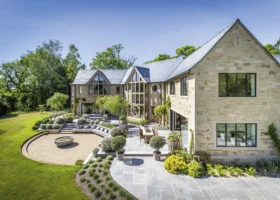









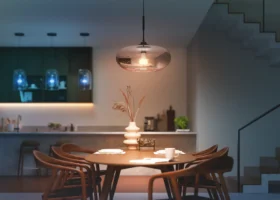
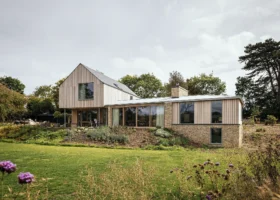

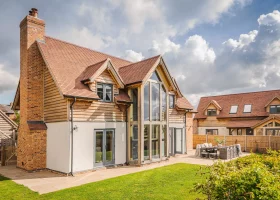


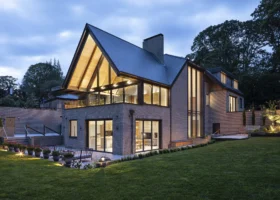













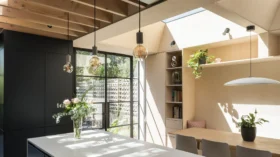

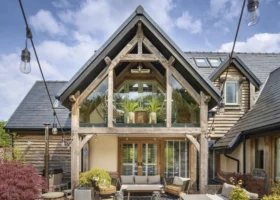
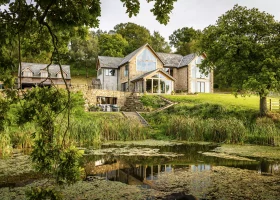
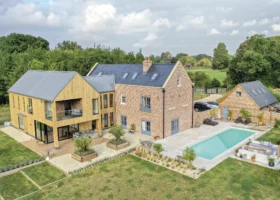

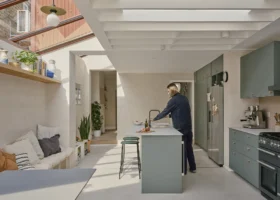
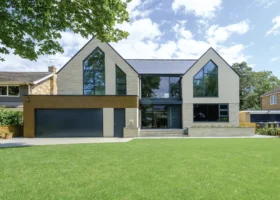
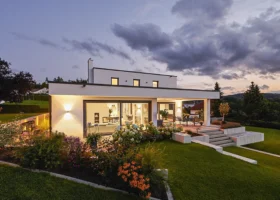





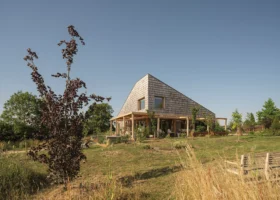




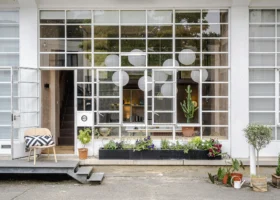






































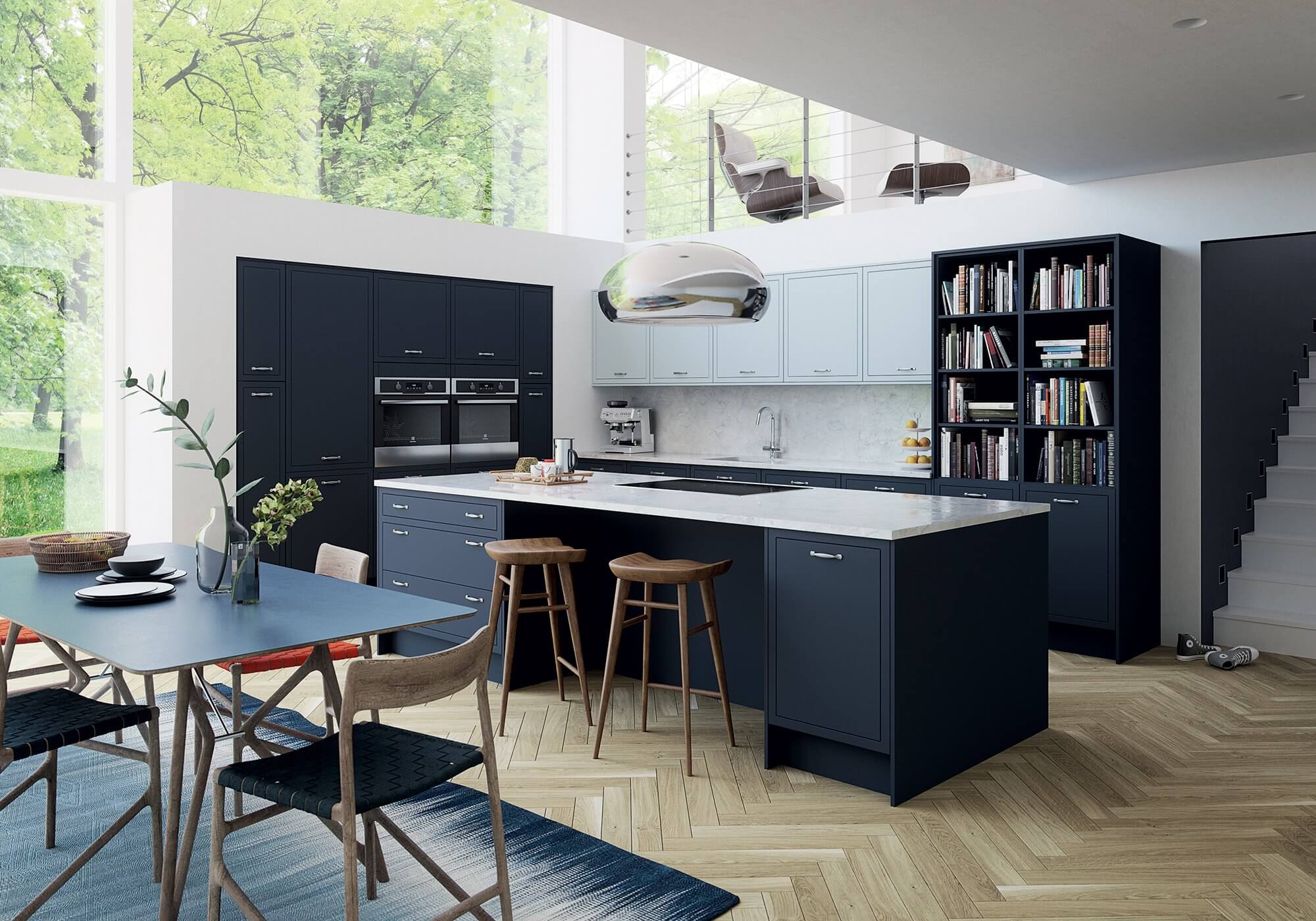
 Login/register to save Article for later
Login/register to save Article for later




